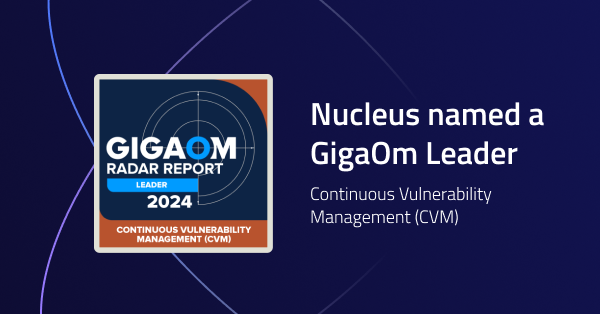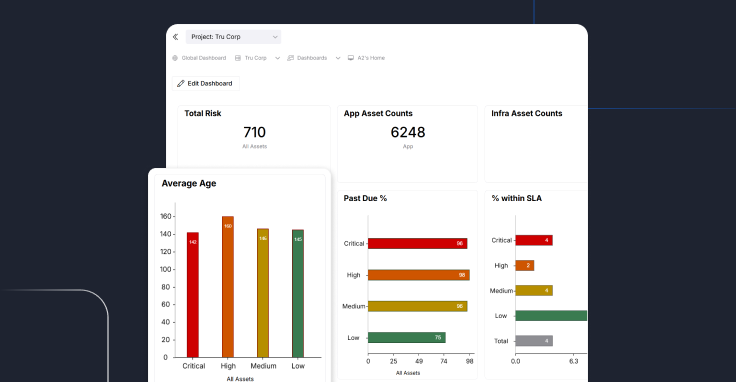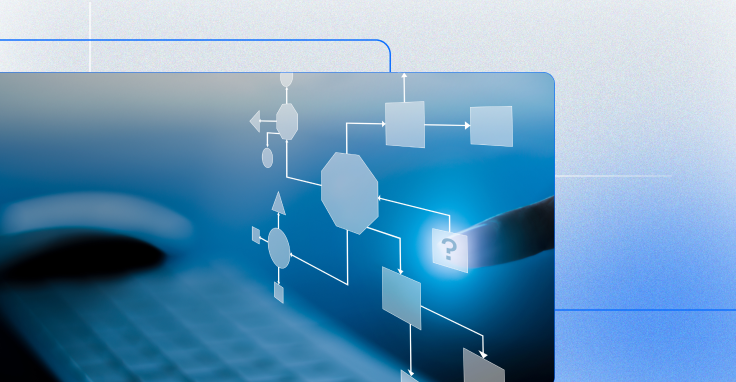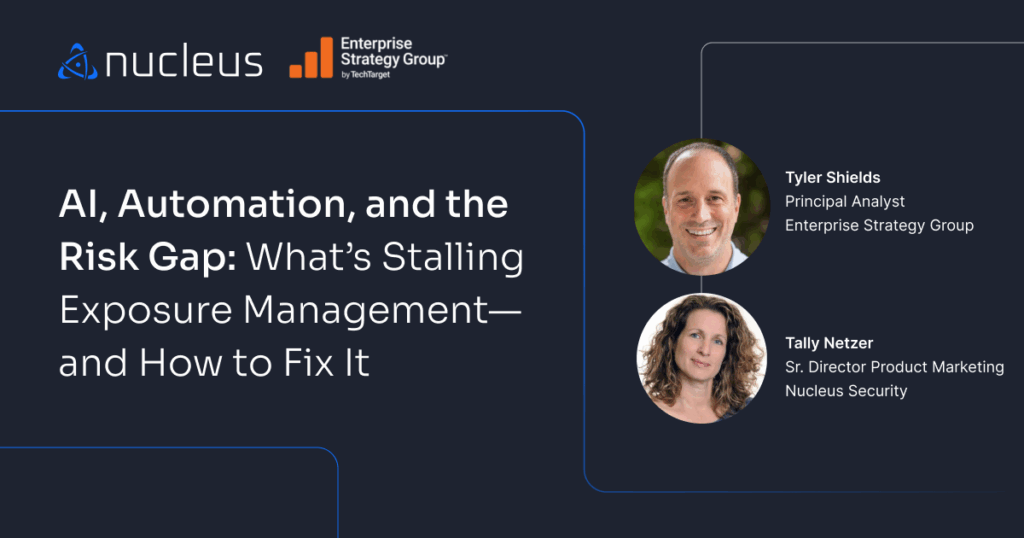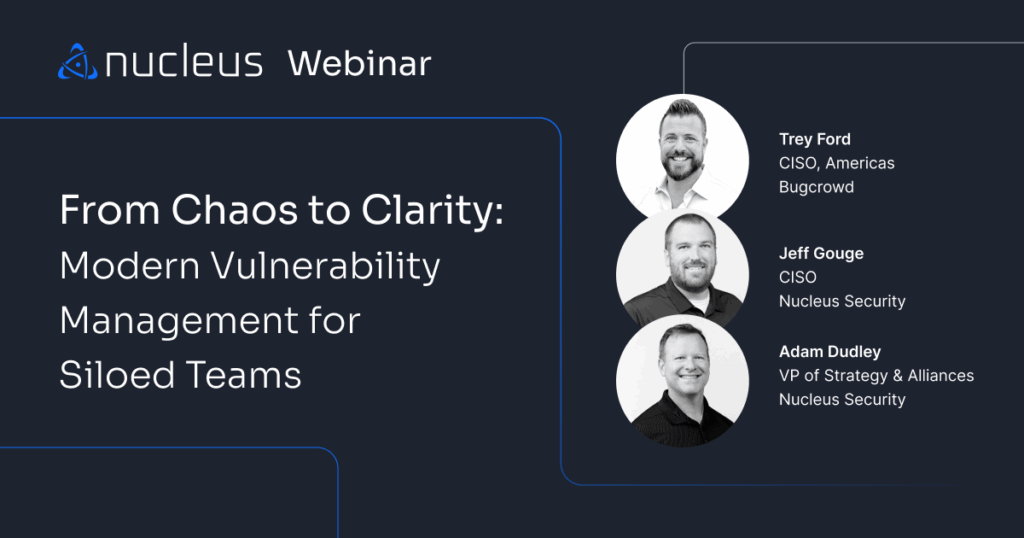KNOWLEDGE CENTER
What is Vulnerability Management?
Vulnerability management is the continuous process of identifying, evaluating, prioritizing, and remediating security vulnerabilities across your IT assets. Its purpose is to reduce cyber risk by addressing exploitable weaknesses before attackers can take advantage of them.
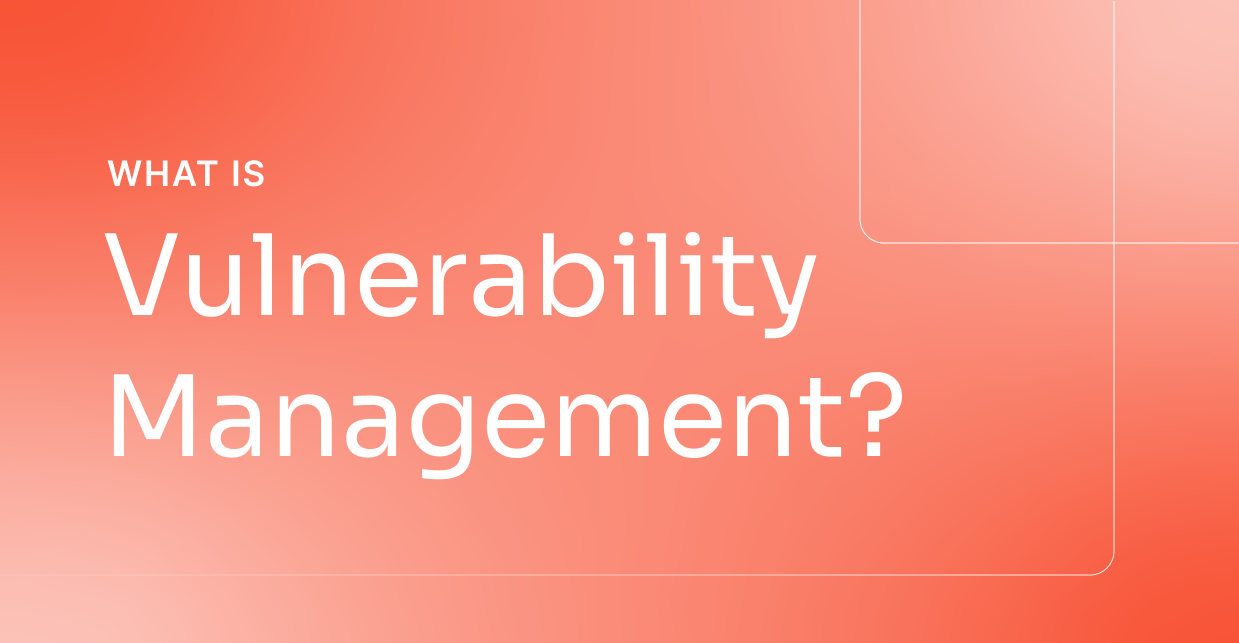
TL;DR – Vulnerability Management at a Glance
Definition: Vulnerability management is a cybersecurity strategy that involves discovering, assessing, prioritizing, and addressing vulnerabilities in digital systems.
Why it matters: It reduces the likelihood of breaches by closing known gaps before they are exploited.
Key benefits:
- Reduces risk exposure
- Improves compliance
- Enables faster remediation
Vulnerability management isn’t about finding more stuff. It’s about fixing the right things. Done right, it’s a continuous process of identifying, assessing, and responding to vulnerabilities in your environment based on real risk, not raw scan volume.
The goal? Minimize the time attackers have available to exploit weaknesses by moving fast on the vulnerabilities that matter within your specific environment.
Securing Growing Digital Assets
Every organization has an expanding mix of cloud, on-premises, and third-party assets. These environments change constantly, and attackers know how to take advantage of the gaps. Without a clear process to find and fix the highest-risk exposures, you’re flying blind.
Modern vulnerability management cuts through the noise. It helps teams focus on what’s exploitable and what matters most to the business. Doing so reduces dwell time, lowers risk, and helps teams meet SLAs and regulatory expectations without burning out.
The Real Lifecycle of Vulnerability Management
Forget the textbook version. Here’s how mature teams do it:
- Know what you own. If your asset inventory is incomplete, your vulnerability data is already flawed.
- Aggregate your findings. Data comes from numerous scanners, sometimes 10 or more, not one. Normalize, deduplicate, and centralize it.
- Add context. A CVSS score is not a risk score. You need exploit intelligence, asset criticality, and business impact to prioritize correctly.
- Prioritize and act. Focus remediation efforts on what’s actually exploitable. Everything else can wait.
- Track what matters. MTTR, SLA adherence, and closure rates tell you if your program works. Ignore vanity metrics.
- Iterate. You won’t get it perfect the first time. Build feedback loops. Improve continuously.
From Old School to Modern Vulnerability Management
Longstanding approaches to vulnerability management aren’t working anymore. Or, at the very least, they aren’t as effective as they need to be.
Traditional VM = scan and patch.
Modern VM = orchestrate and prioritize at scale.
Legacy tools and spreadsheets can’t keep up with the rapid changes every organization faces, including the explosion of cloud-native infrastructure, exploit kits dropping hours after CVE disclosure, and teams drowning in tickets from a dozen scanners.
Today’s programs require:
- Unified asset visibility
- Contextual, risk-based prioritization
- Workflow automation from detection to remediation
- Continuous improvement backed by metrics
How is Vulnerability Management Different from Exposure Management?
Vulnerability management focuses on identifying, prioritizing, and fixing known software weaknesses. It’s typically centered around CVEs, scanners, and patching workflows. But in modern environments, that’s only one part of the puzzle.
Exposure management zooms out. It looks at all the ways your systems might be exploited—including misconfigurations, credential exposures, open ports, and other risks that don’t show up in a traditional vulnerability scan. It’s a broader, more proactive approach that helps teams manage all forms of cyber exposure across the attack surface.
The two practices are complementary. Vulnerability management is essential, but exposure management brings the full context.
What Vulnerability Management Maturity Looks Like
Mature programs don’t just scan more. Employing more scanners and thinking it increases your coverage or protection from vulnerabilities is one of the biggest mistakes an organization can make. Rather, mature organizations:
- Aggregate data from all tools into one place
- Add intelligence to enrich and contextualize
- Automate triage, ticketing, and exception handling
- Align remediation with SLAs and risk thresholds
- Give leadership real-time visibility into risk posture
This is how you scale without getting buried.
Common Failure Points (And Fixes)
Challenge |
Fix |
| Incomplete visibility | Integrate cloud and asset inventories to fill gaps |
| Too many alerts | Use exploit and threat intel to suppress noise |
| Remediation delays | Automate assignments and workflows |
| Siloed tools and data | Normalize and centralize everything in one platform |
Tools That Matter
To run a modern VM program, you’ll likely need:
- Scanners (Qualys, Tenable, Rapid7, etc.)
- AppSec tools (SAST, DAST)
- Threat intel feeds (KEV, VulnCheck, etc.)
- Ticketing/ITSM (ServiceNow, Jira)
- Aggregation and orchestration platforms like Nucleus
Nucleus ties it all together—correlating scan data, enriching with intel, and automating the workflows that reduce risk.
FAQs
Is vulnerability management the same as vulnerability assessment?
No. Assessment is a point-in-time scan. Management is the ongoing program to reduce risk.
Is patching enough?
Not always. Sometimes config changes or segmentation are better. Or the risk isn’t worth the patch.
We have scanners. Isn’t that enough?
No. Scanners give you data. VM is about turning that into decisions and action.
Additional Resources
Want to Learn More About Vulnerability Management?
See how Nucleus unifies and automates vulnerability management with our demo-on-demand




